Lubricating systems are systems used to assist the smooth and healthy operation of rotating machinery parts like gears, bearings, dies, chains, spindles, cables, pumps, and rails. Manual lubricating methods (e.g. with a grease gun) are typically performed on schedule by an individual worker. Read More…
Established in 1997, Acumen Technologies, Inc. has been a trusted manufacturer of a high quality chain oiler for fifteen years. Our experienced employees are very knowledgeable and ready to answer any questions you may have about lubricating products and equipment. We seek to create products that solve lubrication problems you may be having. Contact us today and let us know how we can serve you!
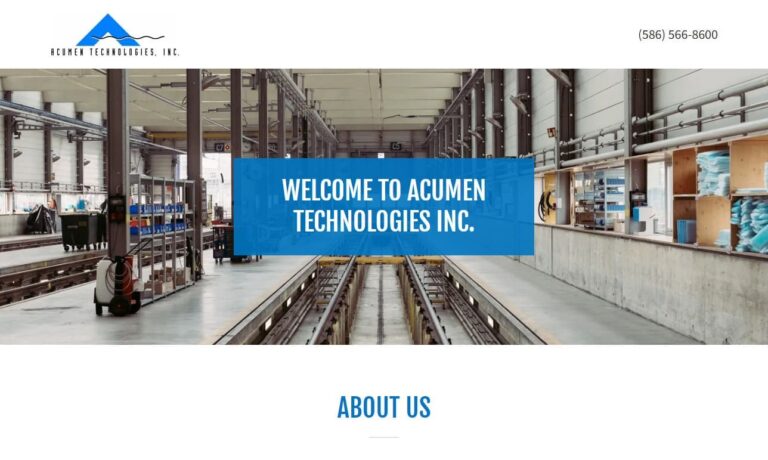
Our grease pumps cannot be topped! Since we were established we have been providing our customers with an extensive line of lubrication systems equipment that will stand up the rigorous wear and tear of everyday application in order to provide a lifetime of value. We have been providing our customers exceptional customer service and this is a tradition that we strive to continue. Visit our...
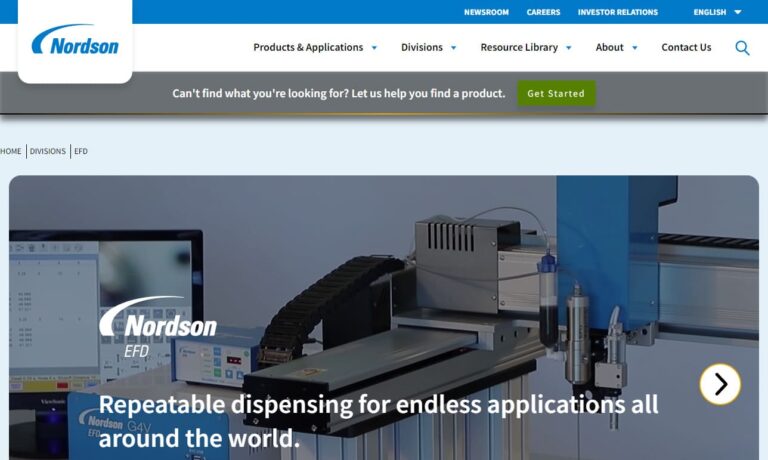
Automatic lubricating systems, lubrication equipment, bulk grease transfer systems, pumps and other lubricating machinery are available through us. We design and manufacture lubrication systems and make repairs. We distribute specialty lubricants, chain lubricators and other lubrication products.
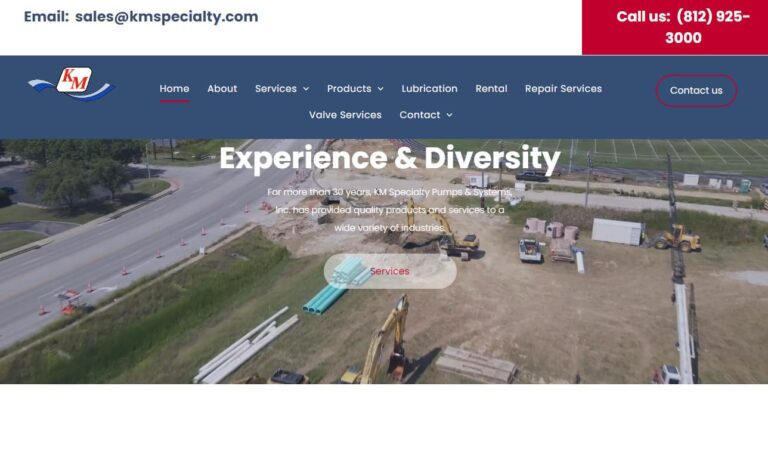
North American manufacturer and distributor of meters and systems designed for monitoring circulating oil lubrication and grease distribution. Product types include variable area flow meters, oval gear flow meters, grease pumps, dosers and flow sensors. ESKO meters are available in multi-flow configurations of up to 12 meters in a bank. Lubrication monitoring systems can be furnished in custom...
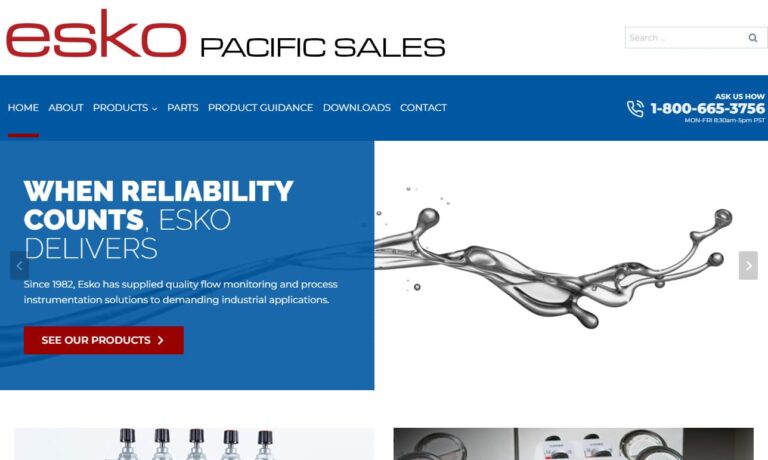
Are you looking for variety and ease in ordering? Then you've come to the right place... D & D Instruments. We offer automotive oil gauges and vacuum gauges. We also provide pressure process gauges. We furnish extensive on-line ordering so you can order just the right product for your application.
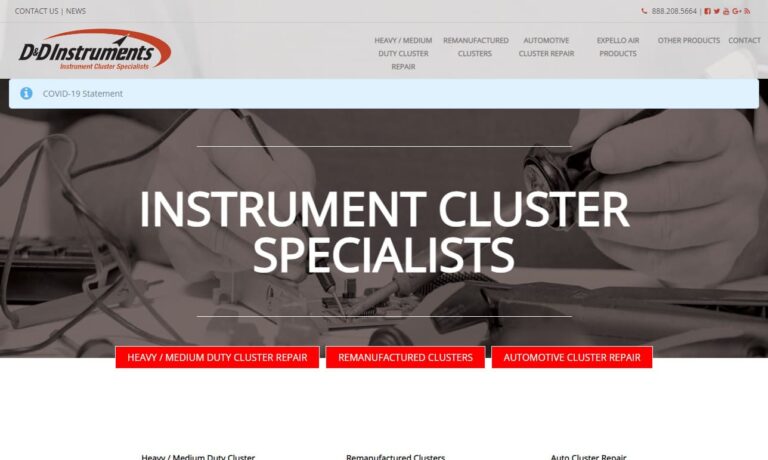
More Lubricating System Manufacturers
However, the majority of lubricating systems available for industrial applications today are automatic lubricating systems, operating with preprogrammed settings rather than by the supervision of an individual. Also known as ALS or centralized lubrication systems, automatic lubrication systems deliver controlled amounts of lubricant to different locations on a machine as needed in real time.
Importance of Lubrication Systems
Arguably, proper lubrication is the most important factor in industrial maintenance. Without lubricating systems, many industrial and manufacturing processes would wear down from friction, overheating, and generally require maintenance much more quickly. (Without lubrication, industrial bearings rarely last more than 10% of their potential life span.) Machinery that requires constant maintenance increases production downtime and negatively affects commercial productivity overall. Some US-based estimates attribute a little over 50% of total industrial bearing failures to a lack of proper lubrication.
Common Lubricants for Lubrication Systems
Lubricants can be a solid, a solid/liquid dispersion, a liquid, a grease, or a gas. Viscosity refers to a substance’s ability to resist flow under force and is the most important feature of any lubricant. The thickness of a particular substance is an important, secondary aspect of any lubricant.
Most often, lubricating systems use oil (which is considered a liquid) or grease. Oil makes an excellent lubricant because it possesses a fairly high level of viscosity and does not adhere to surfaces (as a liquid). The best oils for lubricant applications are mineral oils like petroleum because they resist degeneration much longer than organic oils. Grease is a semisolid that is even more viscous than oil. Grease lubrication in industrial settings does not use the kind of grease that comes from animal fat. Rather, it uses a combination of soap and mineral or vegetable oil. More and more frequently, industrial lubrication is using grease made with synthetic oils, such as silicones, hydrogenated polyolefins, fluorocarbons, and esters. This switch to synthetic grease is rooted in the affordability of synthetic oils as well as the broader range of viscosities, consistencies, and environmental impact that these synthetic compounds offer. Grease is generally used on parts that require less lubrication, since it lasts longer and requires less upkeep.
How They Work
An automatic lubrication system is able to provide simultaneous lubrication of different machine parts by attaching itself to the machine. (Although they are automated, some ALS systems may require the engagement of a manual pump or activation button to start.)
Automatic lubrication systems vary widely by compatibility and configuration. However, they all share five primary components known as a controller/timer, a pump, a supply line, metering valves/injectors, and feed lines.
· The controller, or timer, is the mechanism used to activate and shut off the lubricating system, either externally or from inside the pump.
· The pump is responsible for transporting lubricant into the main system from the reservoir (where the lubricant is stored).
· The supply line connects to the pump and enables the lubricant to travel to the metering valves/injectors.
· The metering valves, or injectors, are responsible for measuring the lubricant and subsequently dispensing it into the feed lines.
· Via the feed lines, the lubricant is finally delivered to its predetermined application points.
Types
As alluded to previously, lubrication systems vary widely in their configuration and application. One of the more convenient methods of categorizing automatic lubrication systems depends on a system’s method of operation.
Single line progressive lubricating systems derive their name from the way lubricant progressively travels among a sequence of metering valves. In this type of system, the pump delivers a single lubricant shot to trigger the lubrication process. A series of valves or pistons shifts and progressively diverts lubricant to bearings or other application points before diverting lubricant to the next valve. Some type of timer feedback mechanism is responsible for eventually stopping the progression.
Parallel lubrication systems differ from single progressive systems by using multiple, parallel systems of valves or injectors. Unlike in a single progressive system, each injector is restricted to a single point of lubricant application. Parallel lubrication systems can come in single line parallel formats or double line (or dual line) parallel formats. In both types of systems, pressurized lubricant is vented back to the reservoir during the lubrication process. (Single line parallels accomplish this by shutting off the pump, while double line parallels accomplish this via a second supply line.) The main difference between single and double line parallel lubricating systems lies in the fact that the latter possess reversing valves that allow pumps to pressurize the second supply line during the lubricating process.
Sometimes, automatic lubrication systems are distinguished by the type of specific lubrication applications they are designed for. Examples of such systems include chain oilers, air lubricators, gas pumps, chain spray/brush lubricating systems, and constant level oilers. Chain oilers are designed to work with rail or chain. Air lubricators, on the other hand, provide both lubrication and filtration to compressed air lines. They may be installed outside of the air system, but more often, they are built directly into the air line, where they are able to provide constant lubrication to all the mechanisms inside it. Gas pump lubricators are designed to keep fuel pumps from becoming dry (which can cause permanent damage), while chain spray/brush lubricating systems can be found for oven applications in the food manufacturing industry. Finally, constant level oilers are used to maintain the fluid level in different kinds of equipment. In particular, they help bearings, gearboxes, pump housings, and pillow blocks from losing too much moisture and generating friction. (Although not the focus of this article, it is important to note that internal combustion engines rely on force-feed or pressure-feed automatic lubrication systems, sometimes with the help of an auxiliary pump.) \
Multi-point lubrication systems are often distinguished by the presence of a distribution block. This block connects to and receives input from a single lubrication unit while directing its output to a system of multiple hoses. The hoses running from the distribution block lead to separate bearings and/or machinery.
A variety of other lubrication systems exist. These include multi-port direct lubricating systems, mist lubrication systems, minute volume/low pressure spray systems, recirculating oil lubricating systems, single line resistance lubricating systems, and others.
Advantages of Automatic Lubricating Systems
Automatic lubricating systems are superior to manual lubricating methods for a number of reasons. Only a few are below:
Consistency. Rather than restricting machinery lubrication to widely dispersed application times, ALS offers frequent, consistent, and real-time lubrication that is much more effective at maintaining machine longevity. Manual methods often run the risk of over-lubricating machinery to compensate for irregular lubrication methods. The real-time application made possible by ALS removes this risk.
Worker safety. ALS removes physical risks associated with manual lubrication, especially manual lubrication that must be performed while machinery is actually running.
Efficient time usage. Since ALS lubricates machinery while that machinery is running, it slashes industrial downtime and improves the efficient usage of time.
Cost savings. The previous advantages of ALS combine to make enterprises more cost-effective and productive overall. Calculating ROI (often with the aid of a lubrication system manufacturer) is an easy way to see the benefits of using centralized lubricating systems rather than manual methods.
Applications
Industries that take advantage of the benefits offered by lubrication systems include the automotive industry, food and beverage, mining, printing, packaging, steel, paper, and industrial machining. Actual locations that depend on lubricating systems include power plants, oilfields, and steel processing facilities. Some types of lubricating systems are even used at residential homes for computer and car maintenance.
Care and Upkeep
Automatic lubricating systems are sophisticated features of industrial environments that require a great amount of care to maintain properly. Perform regular inspections on your lubrication system. Regular inspection is important to catch damage such as loose or damaged lines. Such damage can lead to over-lubrication, which in many respects is as dangerous as under-lubrication. It is recommended to check your systems at least once daily. Change or service components of your lubrication system at regular intervals. It is usually possible to obtain recommended lubricant changing schedules from your lubrication system manufacturer or supplier. Filters within lubrication systems are another important component that require regular servicing to keep them clear from dust and debris. Do not store or use lubricants in extreme temperature conditions. Extreme temperature conditions or fluctuations tend to ruin the viscosity of lubricants, and thus the overall effectiveness of your lubrication system.
Choosing an Automatic Lubrication System
Those interested in setting up one or more lubricating systems for themselves should take a few things into consideration. First, they must decide between oil-based systems and grease-based systems. For the upkeep of stationary manufacturing equipment, like CNC milling machines, oil-based lubricating systems offer the best service. For mobile units like trucks, construction equipment, or mining equipment, grease systems work best. Of course, if different applications require different needs, it is always possible to set up both oil and grease lubricating systems. Furthermore, lubricant system users must make sure that whatever lubricant they select is compatible with the temperatures, speeds, and torques at which their machines operate. Some oil bases have better stability than others. For the same reason, lubricant system users should take into account the environment in which they work.
Lubricant system customers must also decide what system configuration will best meet their application requirements. An example of such a decision is choosing between progressive and parallel lubrication systems. Series progressive lubrication systems shut down when any line or bearing in the system becomes defective. This carries the advantage of warning operators of a mechanical problem early. If production uptime is extremely imperative, however, it may be best to use parallel systems which do not depend on every link in the system performing at optimal capacity. Parallel systems may also be preferred for other reasons. For example, a double line parallel lubrication system is ideal in scenarios that require lubrication over long distances or under extreme temperatures.
Deciding which lubrication system will best serve your specific needs should not be made in isolation. It is worthwhile to invest in finding a lubrication system supplier with a reputation not only for delivering high quality products (e.g. through partnering with multiple product lines), but for expert customer advice and custom solutions. Manufacturers often do not provide “standard” versions of important parts or accessories such as filters, pressure gauges, and grease fittings; thus, it is important to discuss the totality of your desired lubrication system with a supplier. When purchasing lubricating systems from suppliers, be aware that certain packages may come with strings attached that do not necessarily benefit the customer (e.g. requiring customers to purchase lubricant directly from a supplier to guarantee certain warranty privileges). Take time to seek out a supplier who has not only the ability but a true will to provide you with the best lubrication application possible.

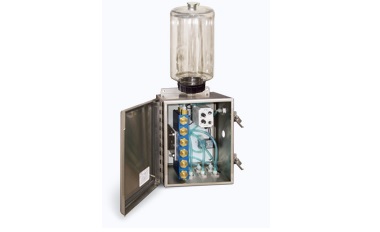
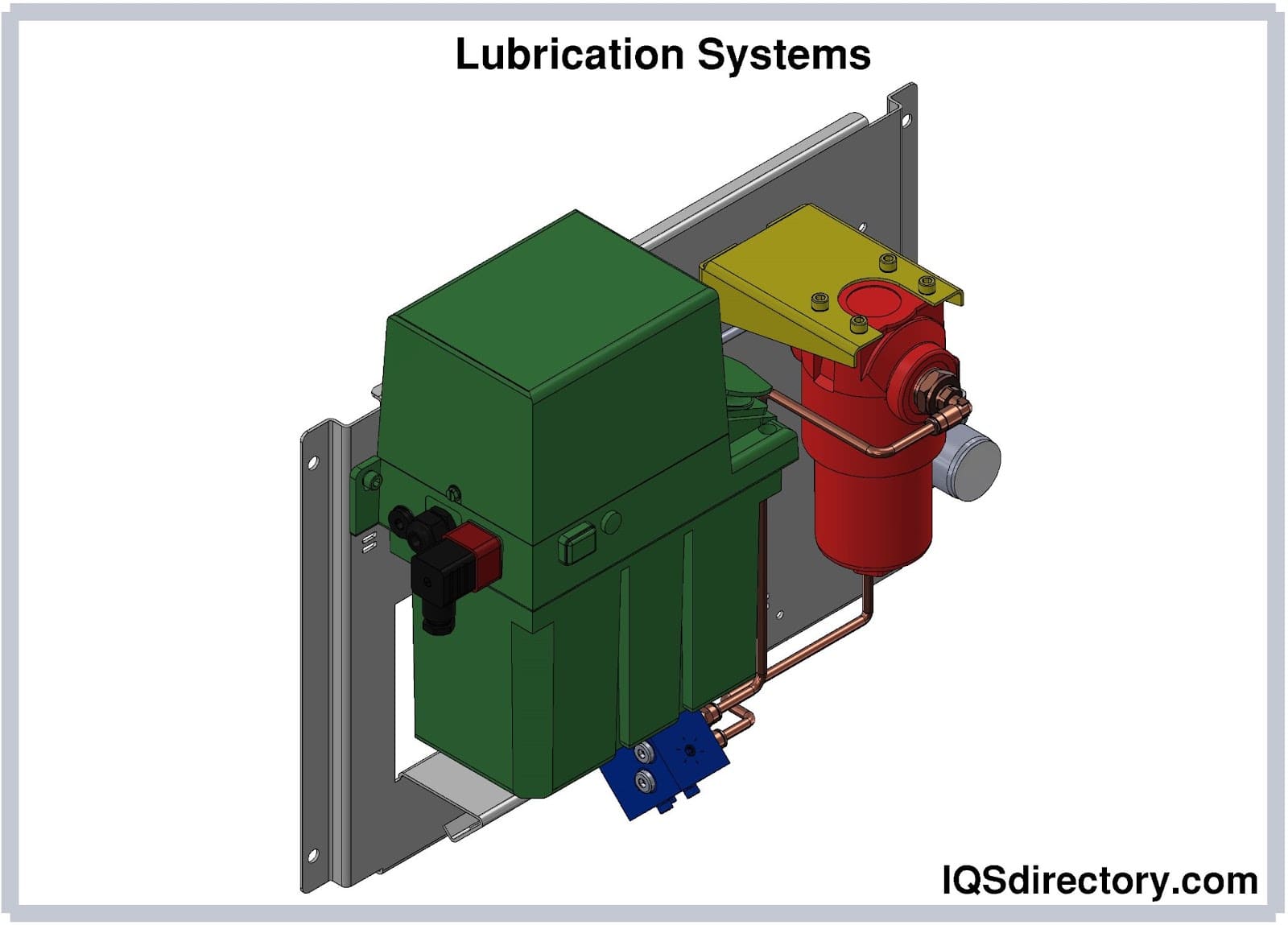
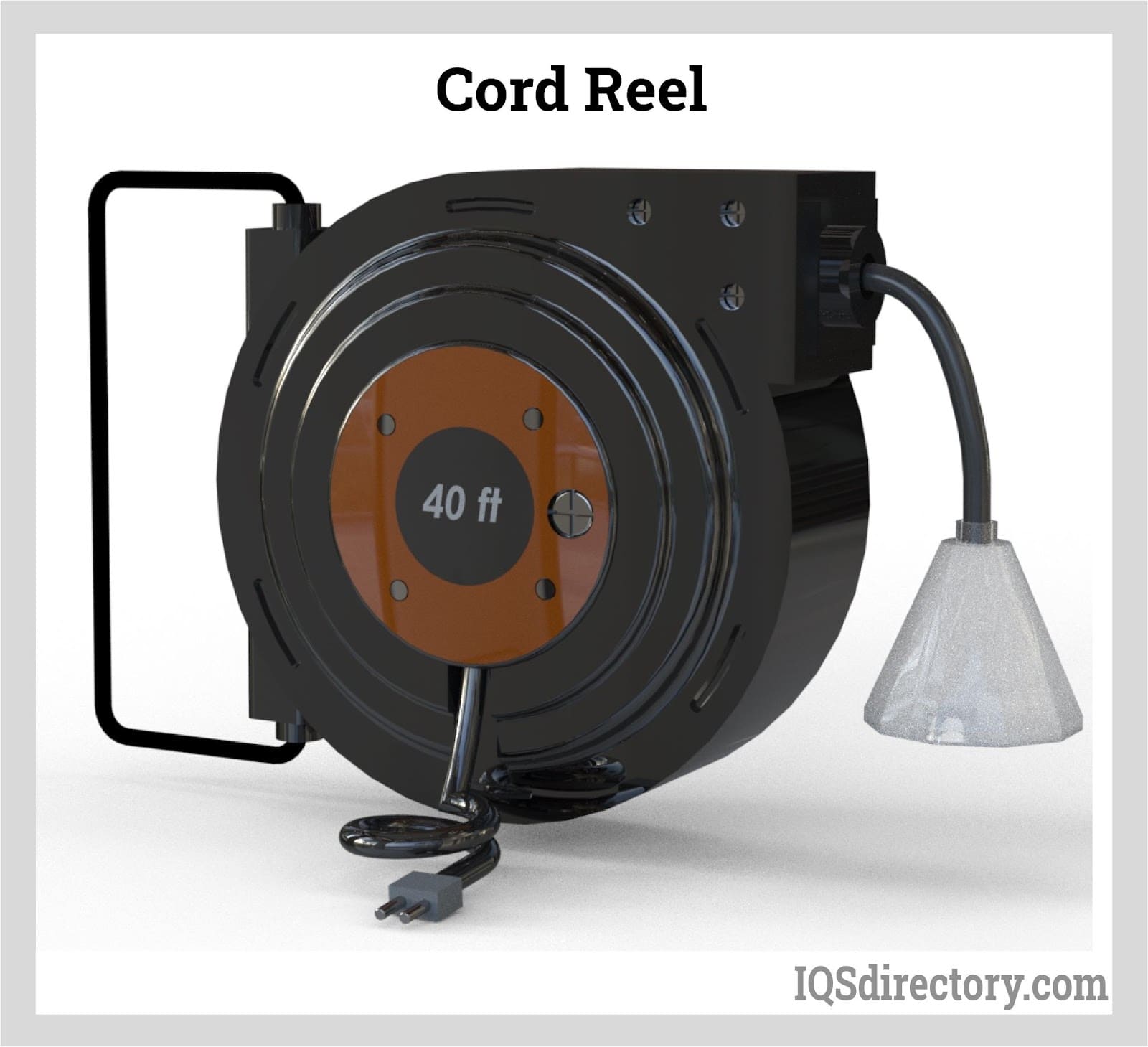
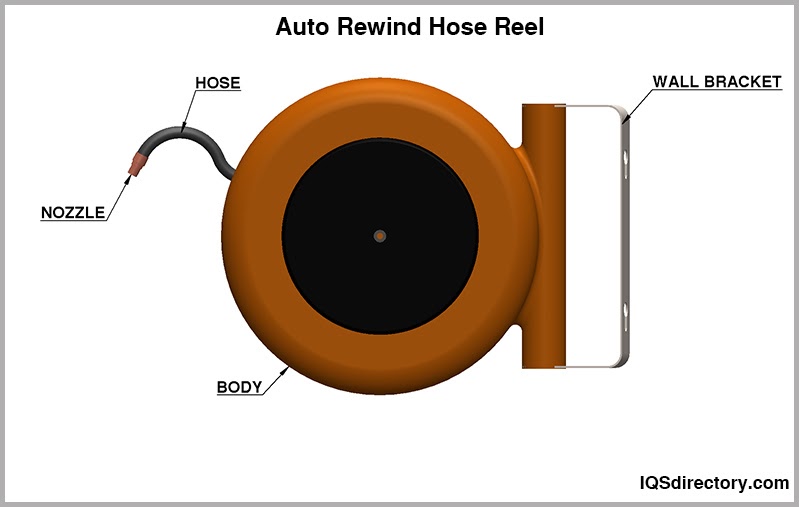

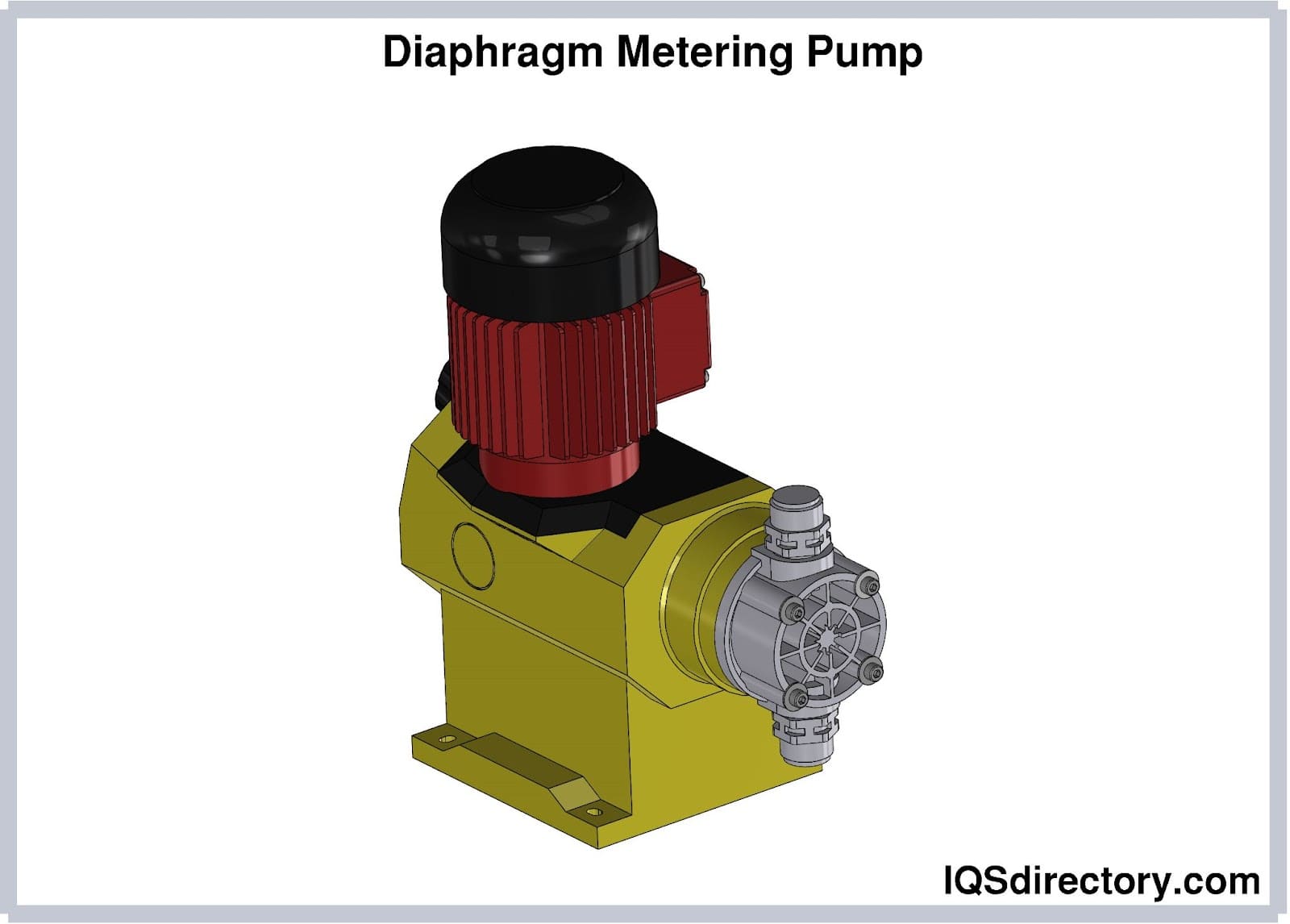

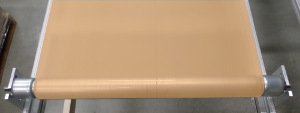 Conveyor Belting
Conveyor Belting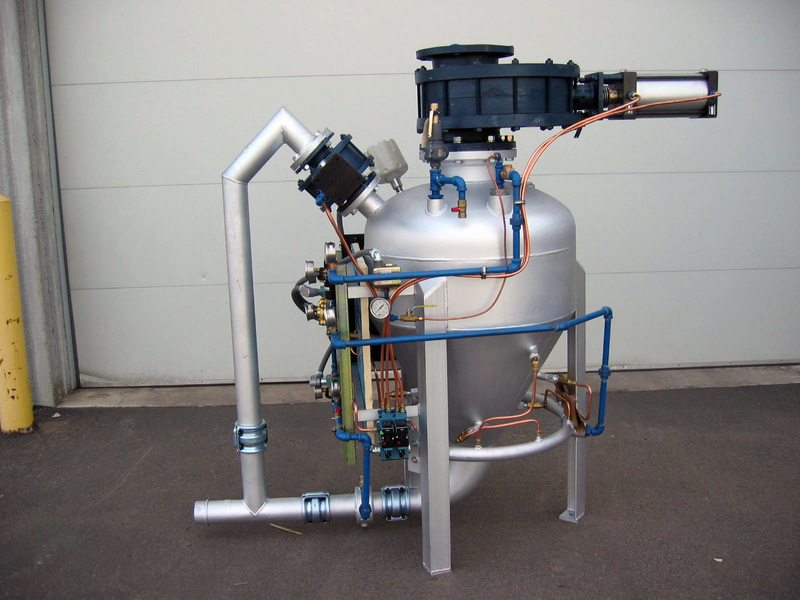 Conveyor Systems
Conveyor Systems Conveyors
Conveyors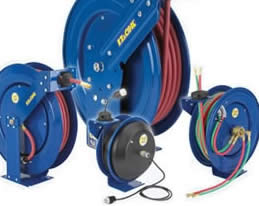 Hosereels
Hosereels Industrial Lubricants
Industrial Lubricants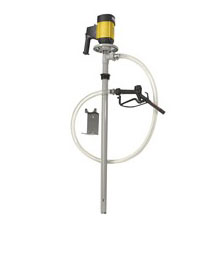 Lubricators
Lubricators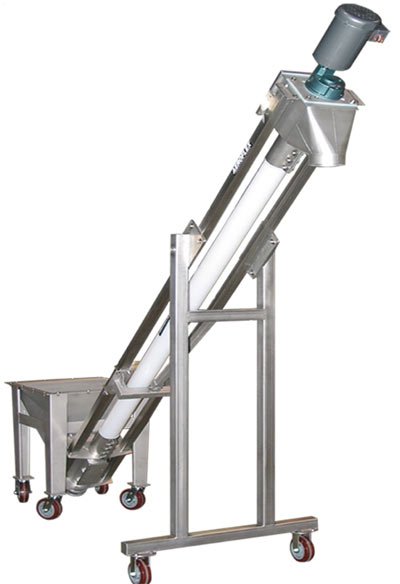 Screw Conveyors
Screw Conveyors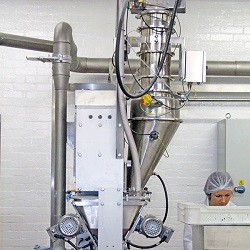 Pneumatic Conveyors
Pneumatic Conveyors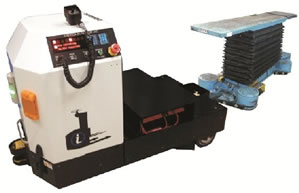 AGV
AGV Air Pollution Control
Air Pollution Control Assembly Machinery
Assembly Machinery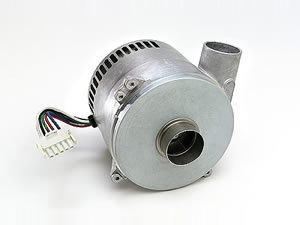 Blowers
Blowers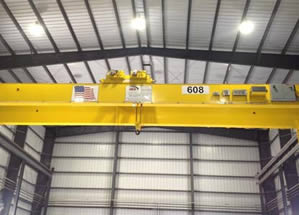 Cranes
Cranes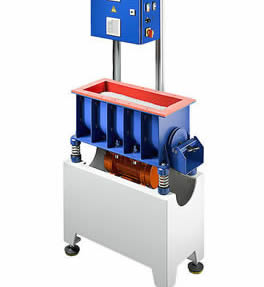 Deburring Machinery
Deburring Machinery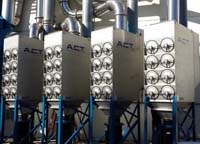 Dust Collectors
Dust Collectors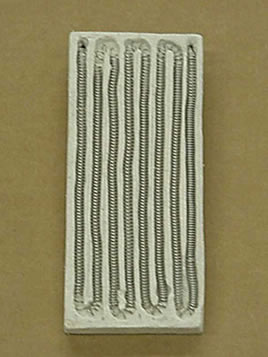 Heaters
Heaters Hose Reels
Hose Reels Mezzanines
Mezzanines Modular Buildings
Modular Buildings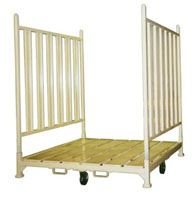 Storage Racks
Storage Racks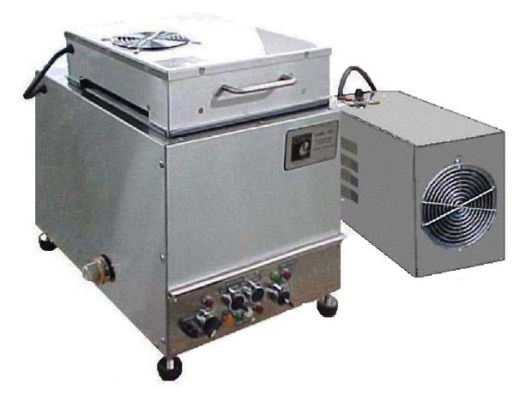 Ultrasonic Cleaners
Ultrasonic Cleaners Work Benches
Work Benches